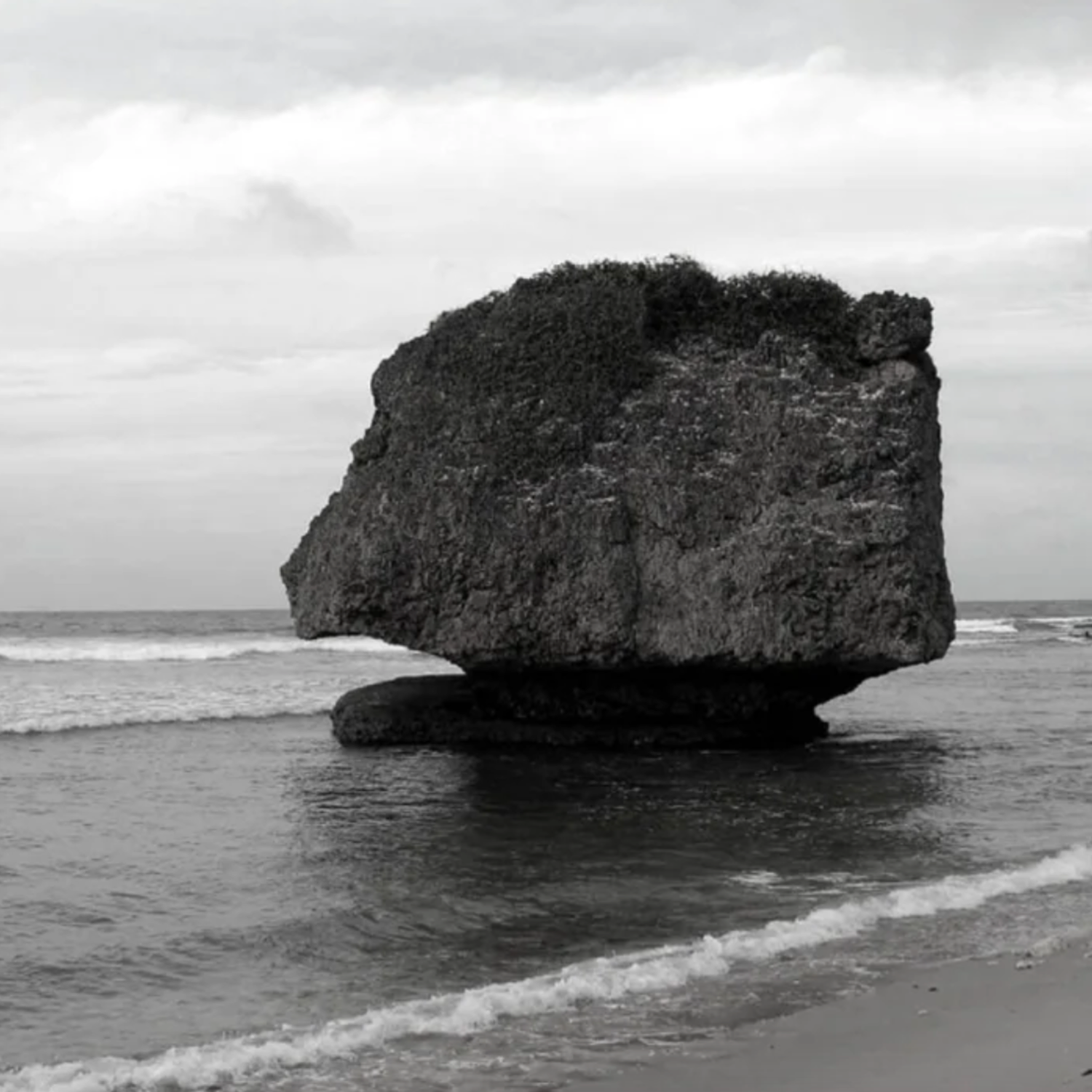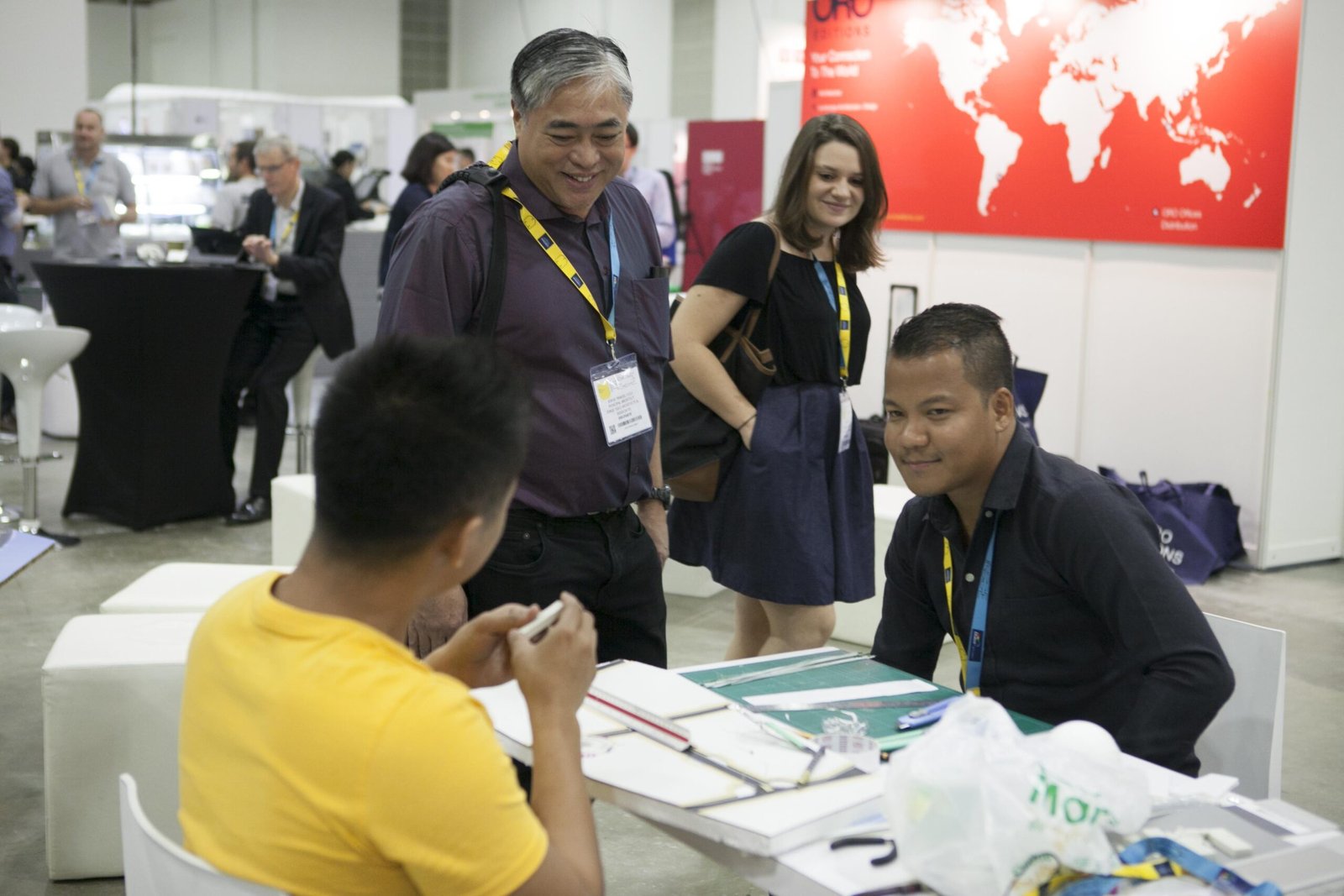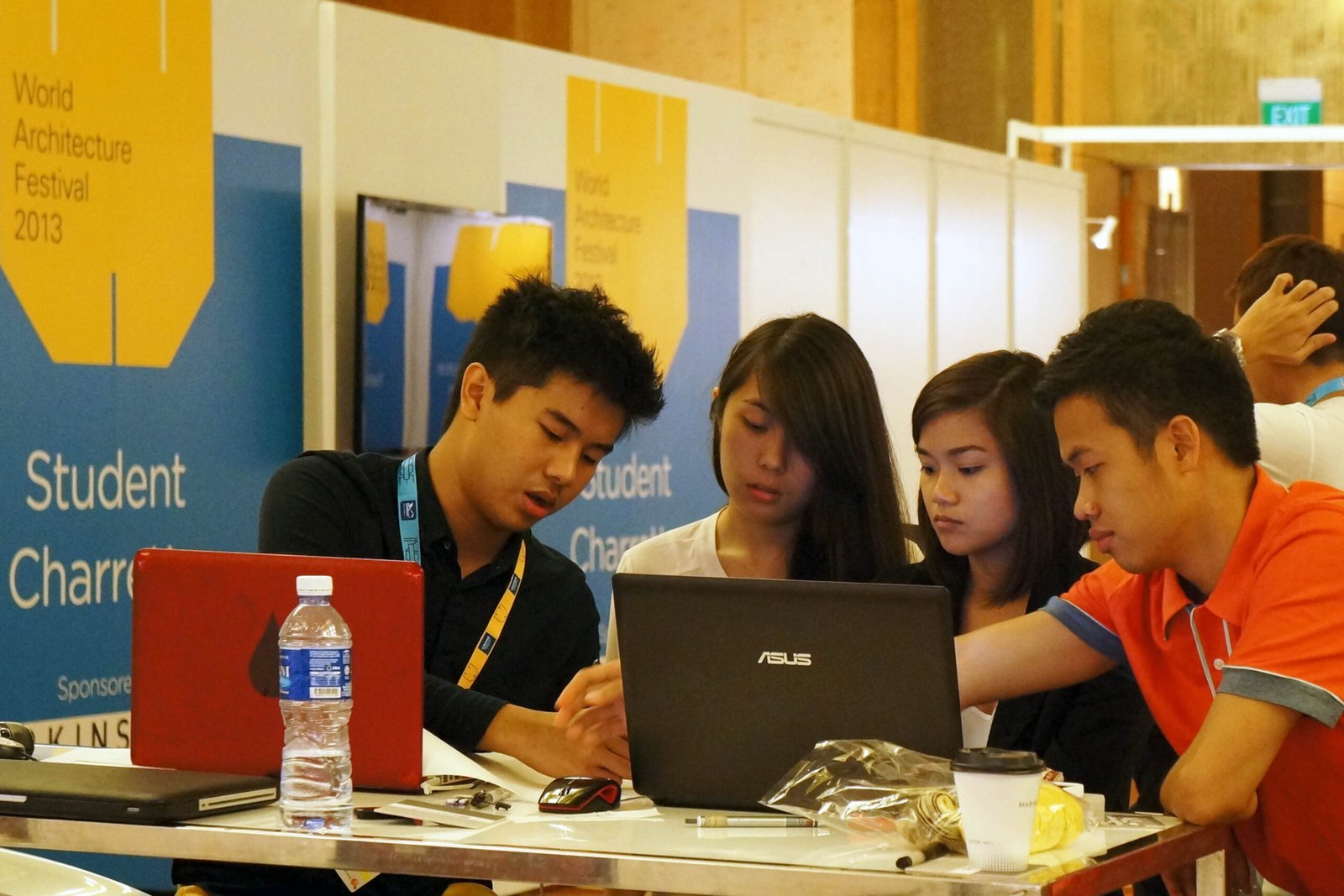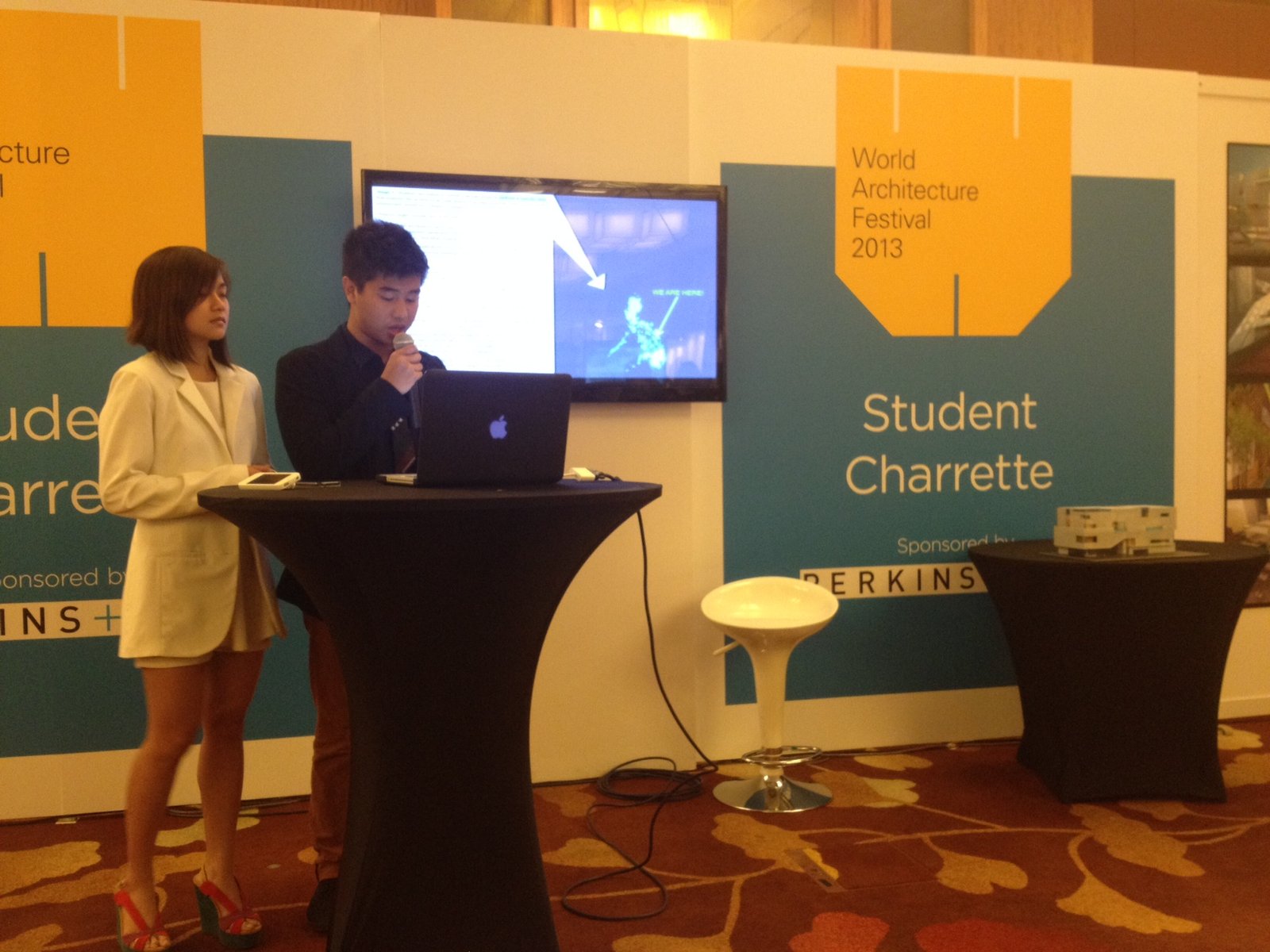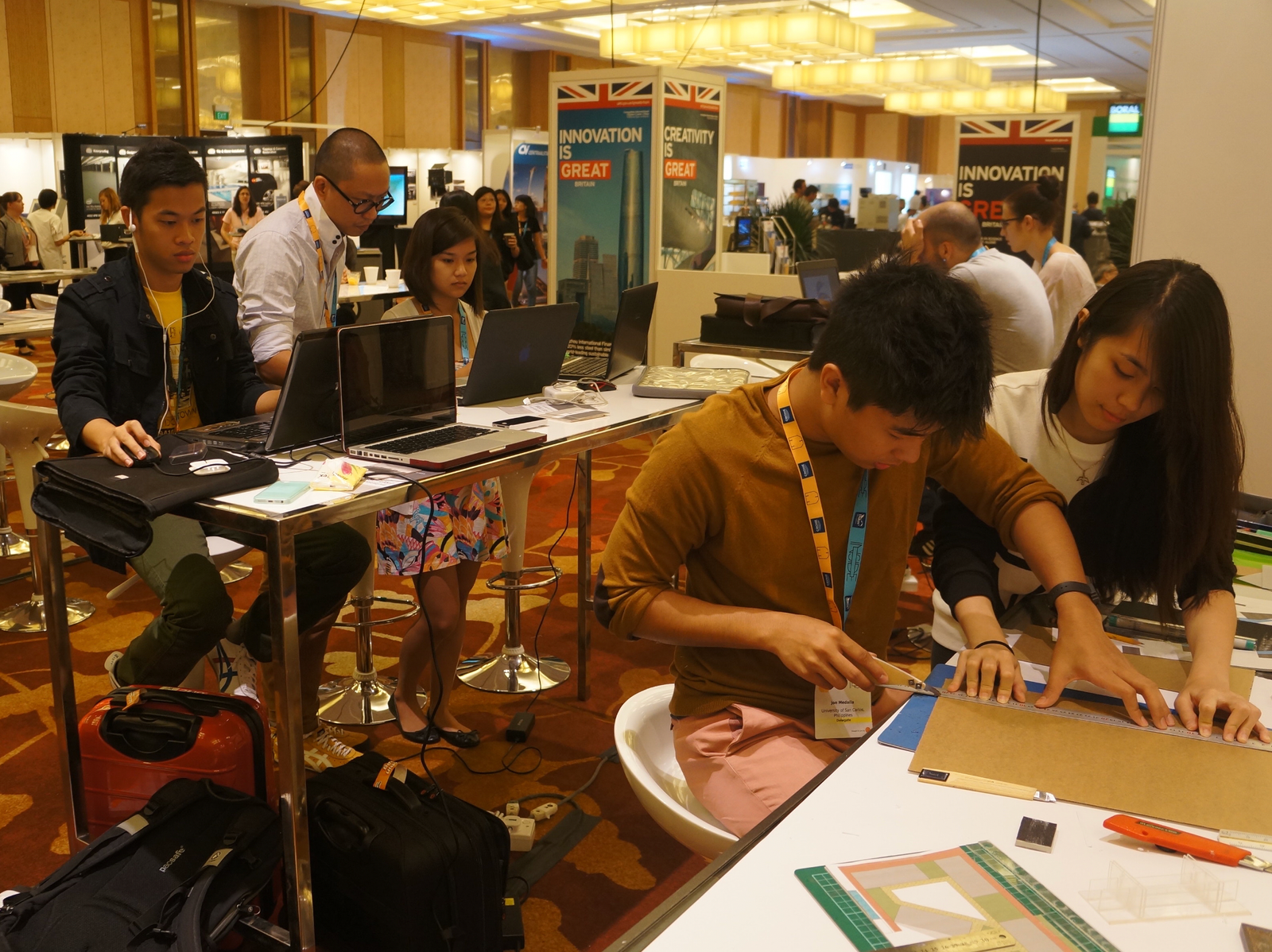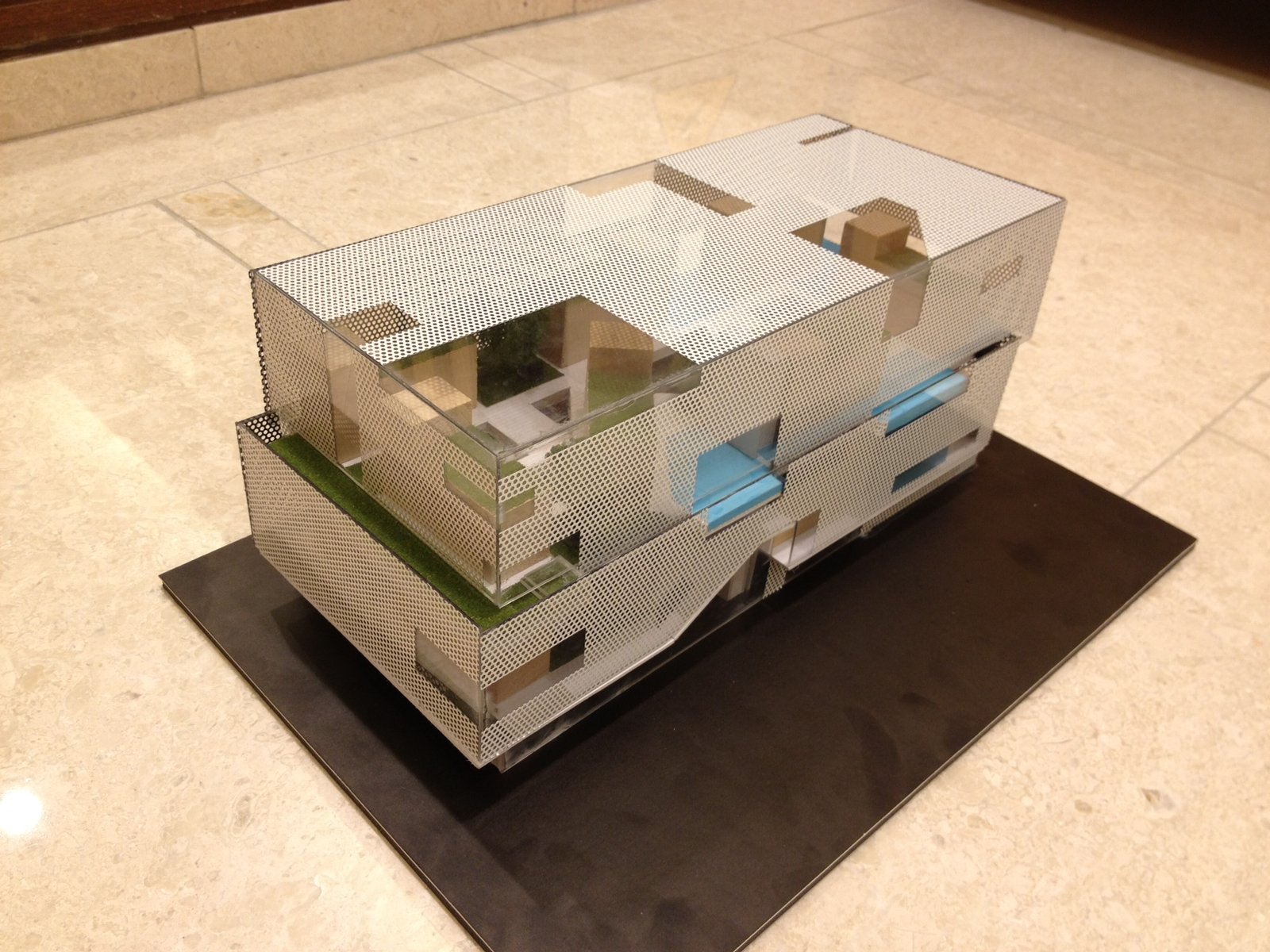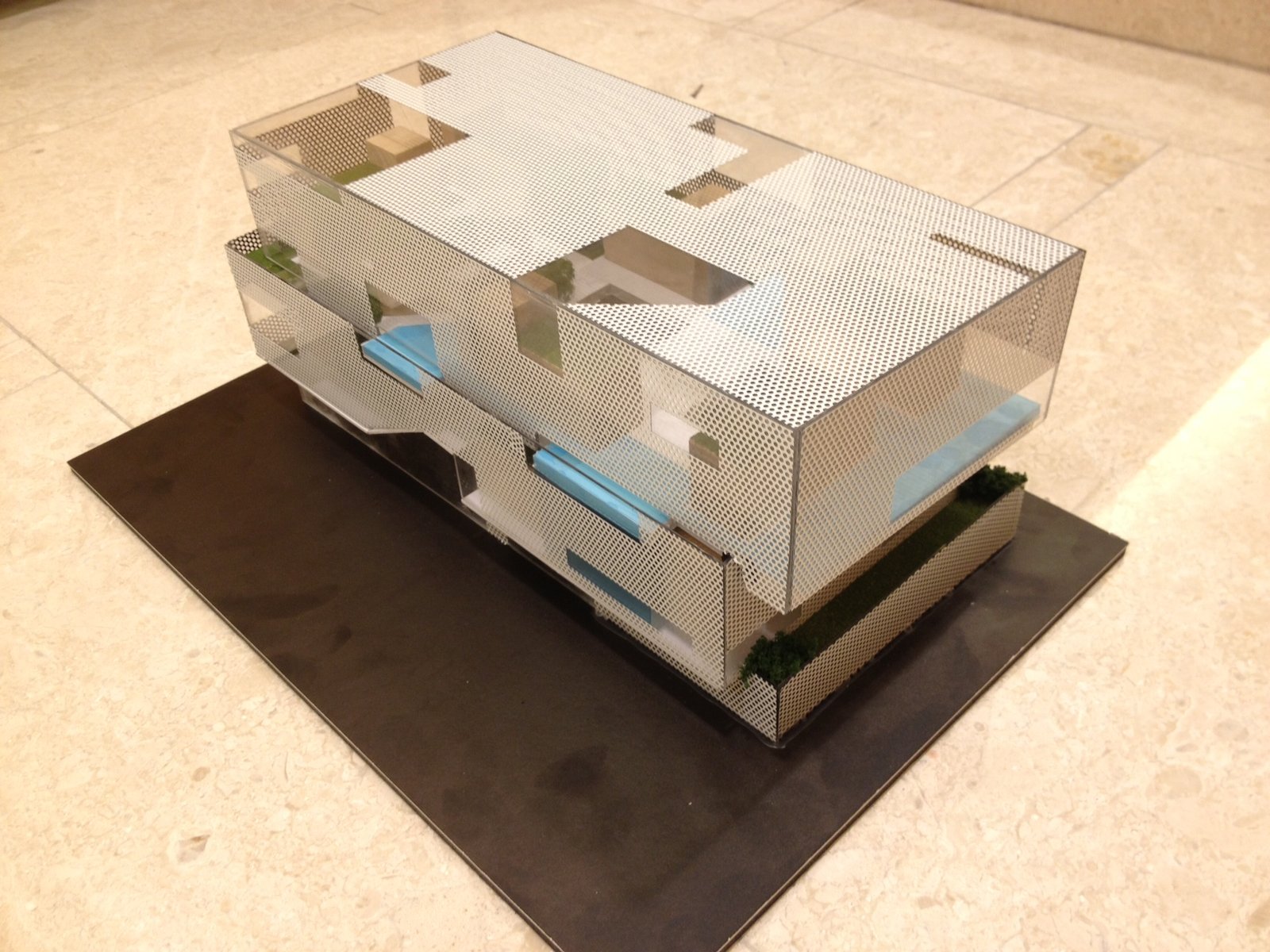Text Judith Torres
Images UNP and MMCM for WAF Student Charette 2024
“Forget the competition,” Andy Locsin replied without hesitation. “Help each other.”
That was Locsin’s answer to the question: “This year, we have a unique situation where four teams from the Philippines are competing in the World Architecture Festival 2024 Student Charette. What advice would you give our teams on balancing the spirit of competition with the camaraderie and bayanihan spirit from representing the same country?”
Andy Locsin, design consultant at Leandro V. Locsin Partners, continued: “You learn by helping others and by exchanging ideas, and it strengthens you and your work. Generosity is never wasted. By lifting others, you’re lifted, too—often in ways you can’t foresee.”
We were in a private webinar Kanto had organized for the four Filipino student teams competing at the World Architecture Festival, and the online gathering indeed radiated a spirit of generosity. Past champions from the University of San Carlos, who won the WAF Student Charette in 2013, joined last year’s winners from the University of Northern Philippines and their coach, all coming together with one purpose: to share insights, experiences, and guidance that could help this year’s Pinoy competitors to excel on the world stage.


Why we join
Locsin underscored the importance of remembering the deeper reasons for joining the WAF beyond hoping to win.
“When you go to the substance of it all, people join the WAF to learn and participate rather than to win. You’re there to tell a narrative, test your thesis, open your work to critique, and be open and receptive to perspectives that can refine your approach to design. Winning is the icing on the cake. The true reward lies in the growth, the exchange of ideas, and the insights you take with you.”
The Big Idea
Andy Locsin also emphasized the unique nature of the Student Charette as a collaborative event and that success hinges on focusing on a “Big Idea” that anchors the design.
“At the end of the day, what is a charrette about? It’s so much about keeping a big idea in front of you, asking the right questions… every little move in the project should reinforce the central big idea and not drift into personal, indulgent, or quirky tangents,” he advised.
Locsin noted that this focus allows a project to “sing” rather than “fall apart over time.” If you want to explore Locsin’s full insights on the Big Idea, he gave a great talk at B+Abble 2021, which we condensed here.
Building tomorrow
The webinar began with encouragement from Emily Besavilla, Retail Sales and Marketing leader at LIXIL Water Technologies (LWT), Kanto’s founding sponsor. Speaking on behalf of GROHE Philippines, Besavilla set the tone with a reminder of GROHE’s commitment to building the future and the theme of “Tomorrow,” shared by both WAF 2024 and the Student Charette:
“At GROHE, we believe that shaping tomorrow begins with empowering the next generation of visionaries. Supporting the World Architecture Festival as a founding partner and initiatives like today’s webinar reflect our commitment to nurturing talent and fostering innovation in sustainable design. To our four Philippine teams, your work today will inspire your own careers and the future of our communities. We’re proud to stand with you on this journey—see you in Singapore!”


The UNP teams
Inspired by their 2023 win, the University of Northern Philippines (UNP) had five sections of fourth- and fifth-year architecture students submit entries to the World Architecture Festival (WAF) Student Charette. From these submissions, two teams achieved shortlist status.
Team Project Borderline
First among UNP’s representatives is Team Project Borderline, consisting of fifth-year architecture students:
- Mary Maybelle C. Alaba
- Quenkle T. Ballesteros
- Rachelle Anne N. Arce
- Ryan Jay E. Azur
- Mary Grace J. Arzabal


L to R: Alaba, Ballesteros, Arce, Azur, and Arzabal 
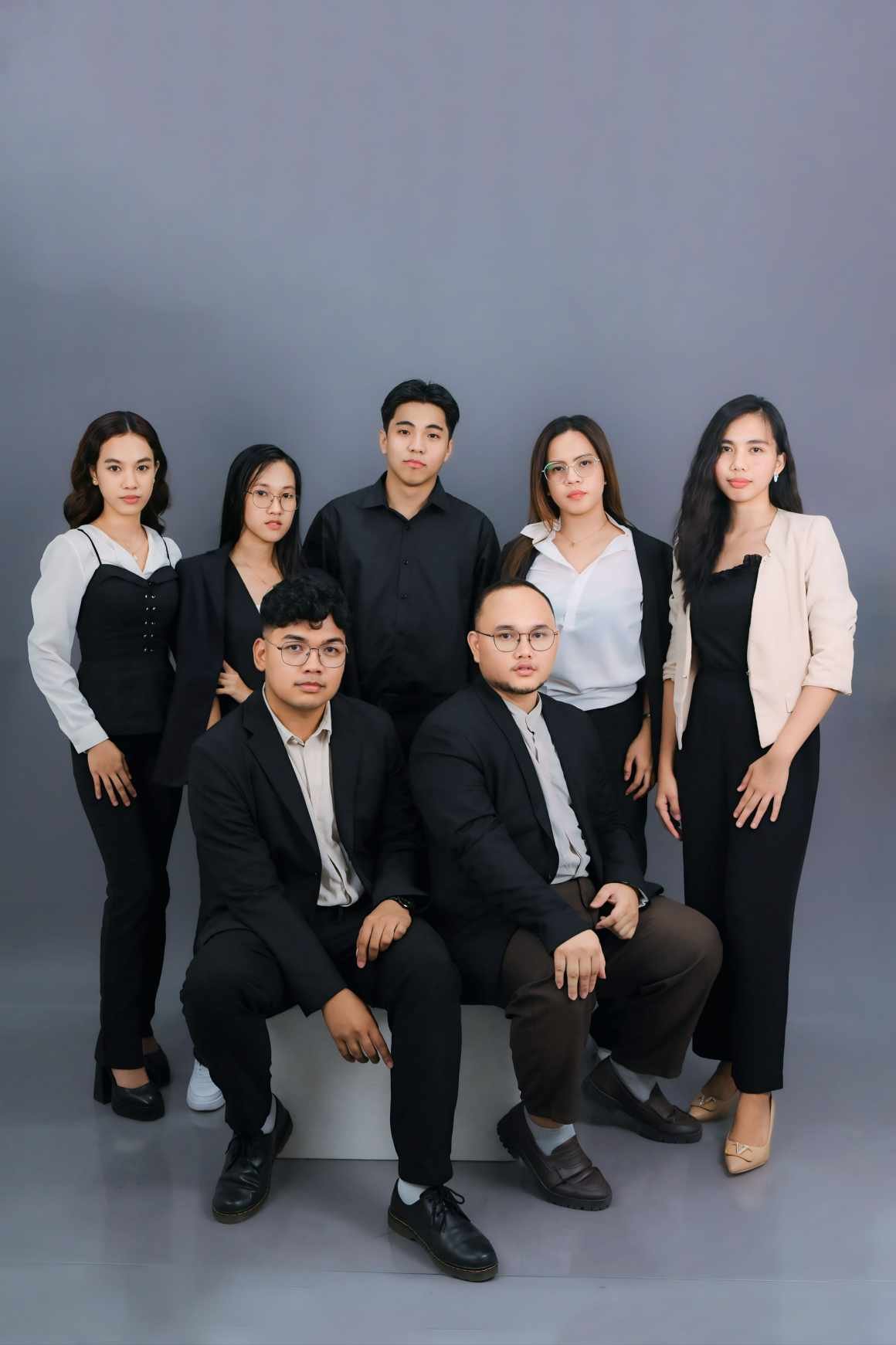
Team Project Borderline with co-mentors Ar. Derick Dasugo and Ar. Charles Angelo Andrada
Team lead Mary Grace Arzabal shared their enthusiasm:
“We’re honored and proud to be shortlisted among the WAF Student Charette’s top eight teams. It’s a testament to the hard work, dedication, and creativity we’ve poured into this project. As aspiring architects, presenting our design solutions to a distinguished panel is a dream come true. This opportunity will enrich our understanding of architecture and fuel our passion to create impactful designs for our community. We owe our success thus far to the unwavering support and guidance of our mentors, architects John Derick Dasugo and Charles Angelo Andrada.”
Team Verstack
UNP’s second shortlisted team, Verstack, comprises fourth-year students:
- Mark Jerome P. Ganal
- Jeronimo C. Valdez
- Merie Cyril Mae M. Antonio
- Jovi Anne H. Haduca
- John Dave S. Tabbilos

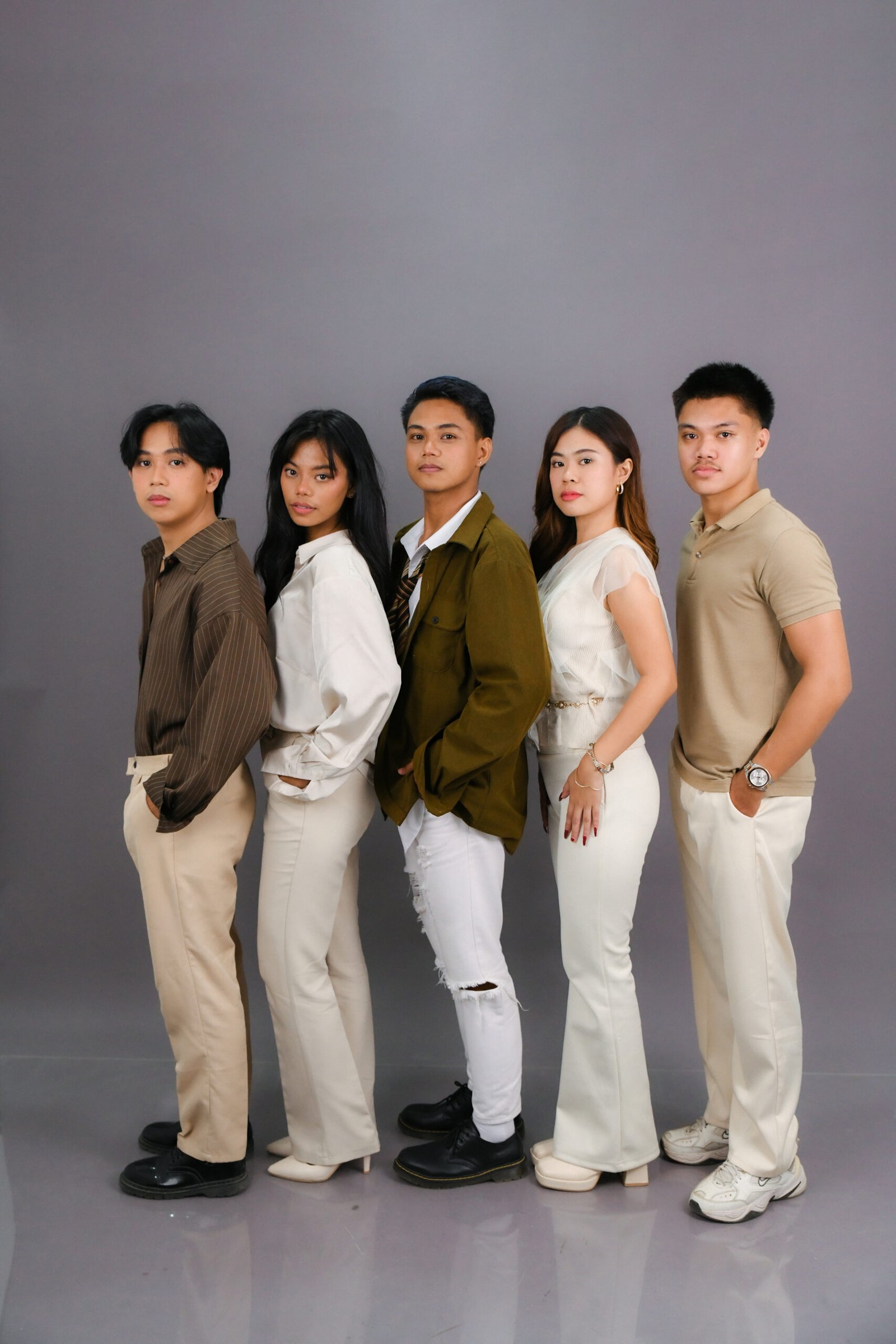
L to R: Ganal, Haduca, Valdez, Antonio, and Tabilos 
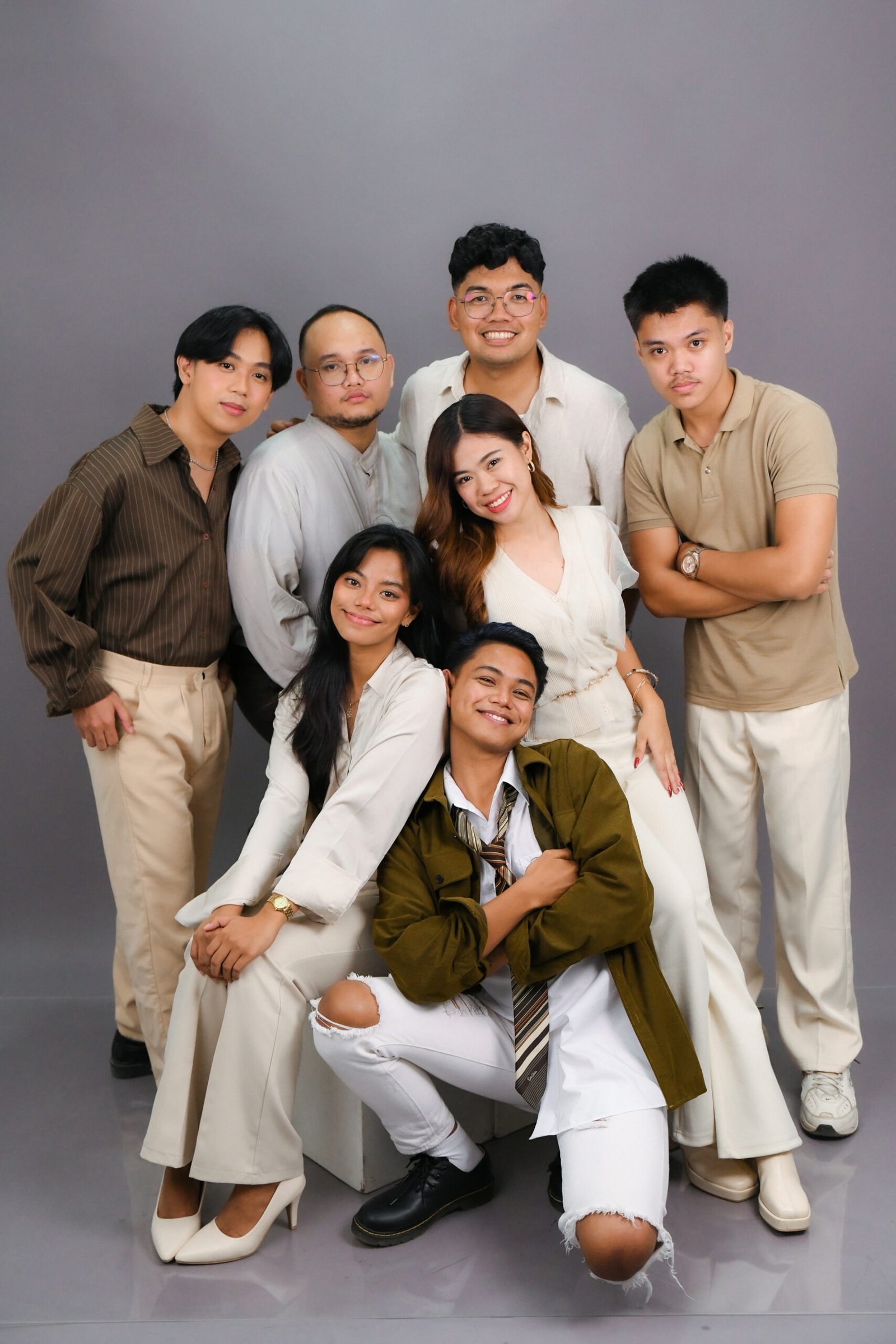
Team Verstack with co-mentors Ar. Derick Dasugo and Ar. Charles Angelo Andrada
This team is led by Jeronimo Valdez, who expressed their excitement about competing:
“Our team is exhilarated and excited as we prepare to face more experienced teams. The prospect of standing alongside our seniors and talented peers from Davao, El Salvador, Scotland, and Belfast is undeniably overwhelming. Still, we see this as an incredible challenge and an opportunity to shine. This isn’t just a competition; it’s our moment to prove our abilities and skills on a global stage. We are ready to rise to the occasion and make a lasting impact with the support of our tutors, architects Charles Andrada and Derick Dasugo.”
The MMCM teams
Mapúa Malayan Colleges Mindanao (MMCM) brings two teams of fifth-year architecture students to the World Architecture Festival (WAF) Student Charette:
Team A
- Akari Inagaki
- Arnel Rasheed Defensor
- Jokeziah Lomuljo
- Greg Johnbelle Bantayan
- Lainniel Jessica Carongay
- Shane Alden Galindez

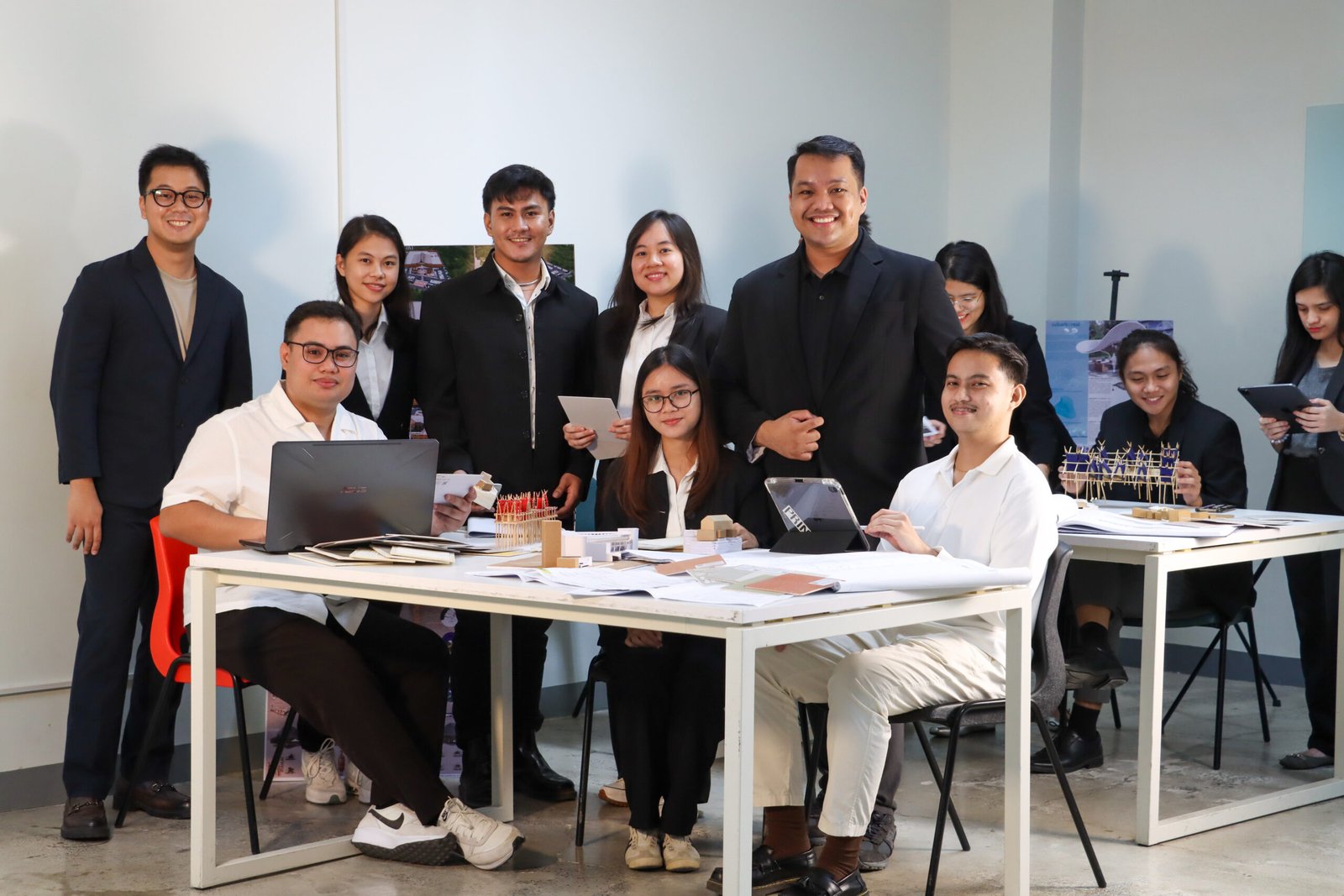
Advised by architects Victor Kim Lim and Julius Benedict Brillante, the team is thrilled to be shortlisted, making their first step onto the international stage. Team lead Arnel Rasheed Defensor recalls the surprise and pride they felt on hearing the news:
“Ecstatic, excited, and nervous. In the past months, I had become used to rejection and forced myself not to expect much. So when the WAF Student Charette notification popped up on my screen, I expected rejection. When we received the announcement email from the World Architecture Festival committee, we did not really believe it, what with the lack of a congratulatory statement and the unofficial-looking email subject.
“Our being shortlisted only started to feel real when Kanto reached out and the article got published, and congratulations started coming in. We are brimming with pride and gratefulness for being chosen to represent our school and the country on the international stage. We are excited to learn from this experience and show the world Mapúan excellence!”
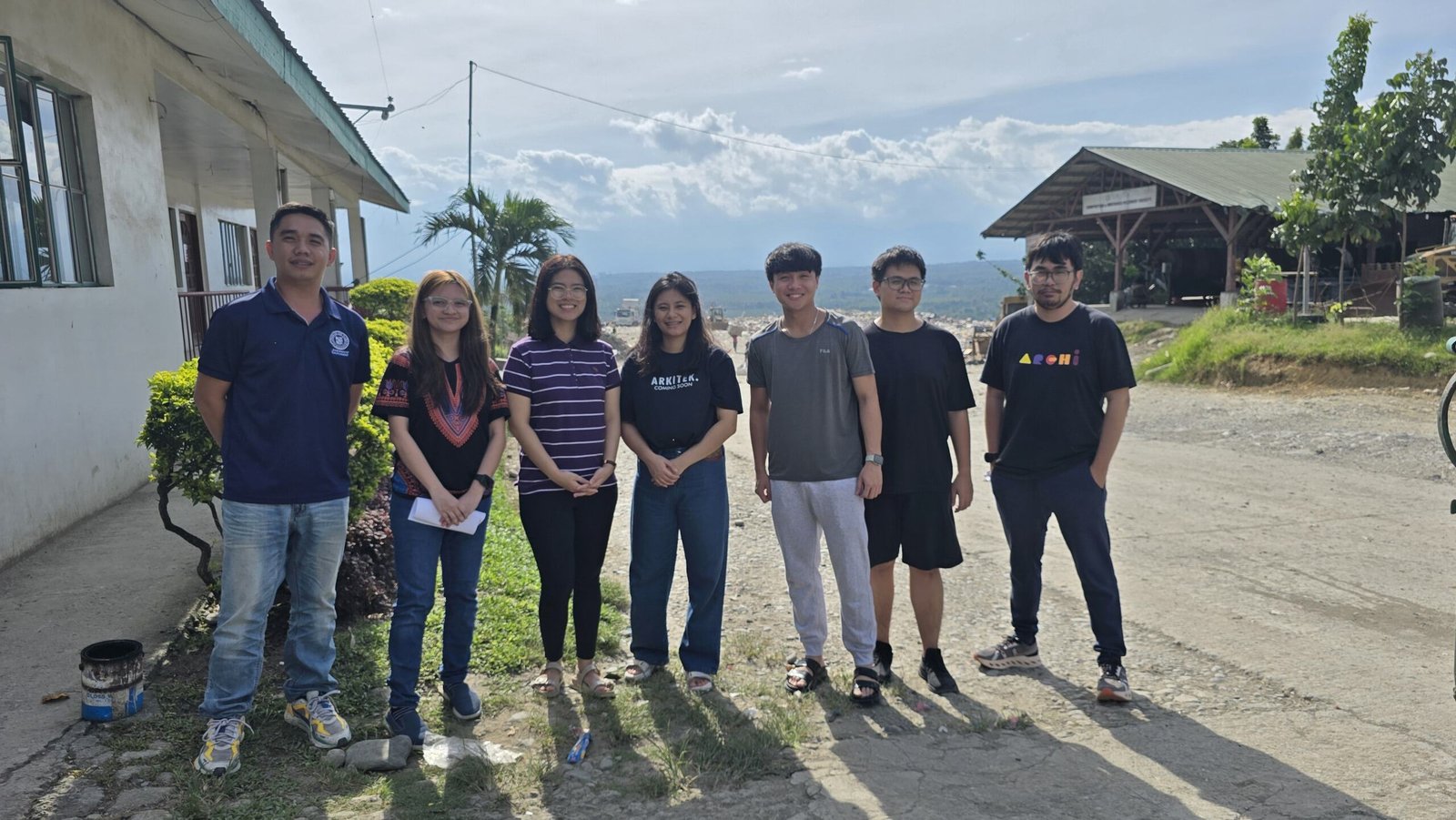
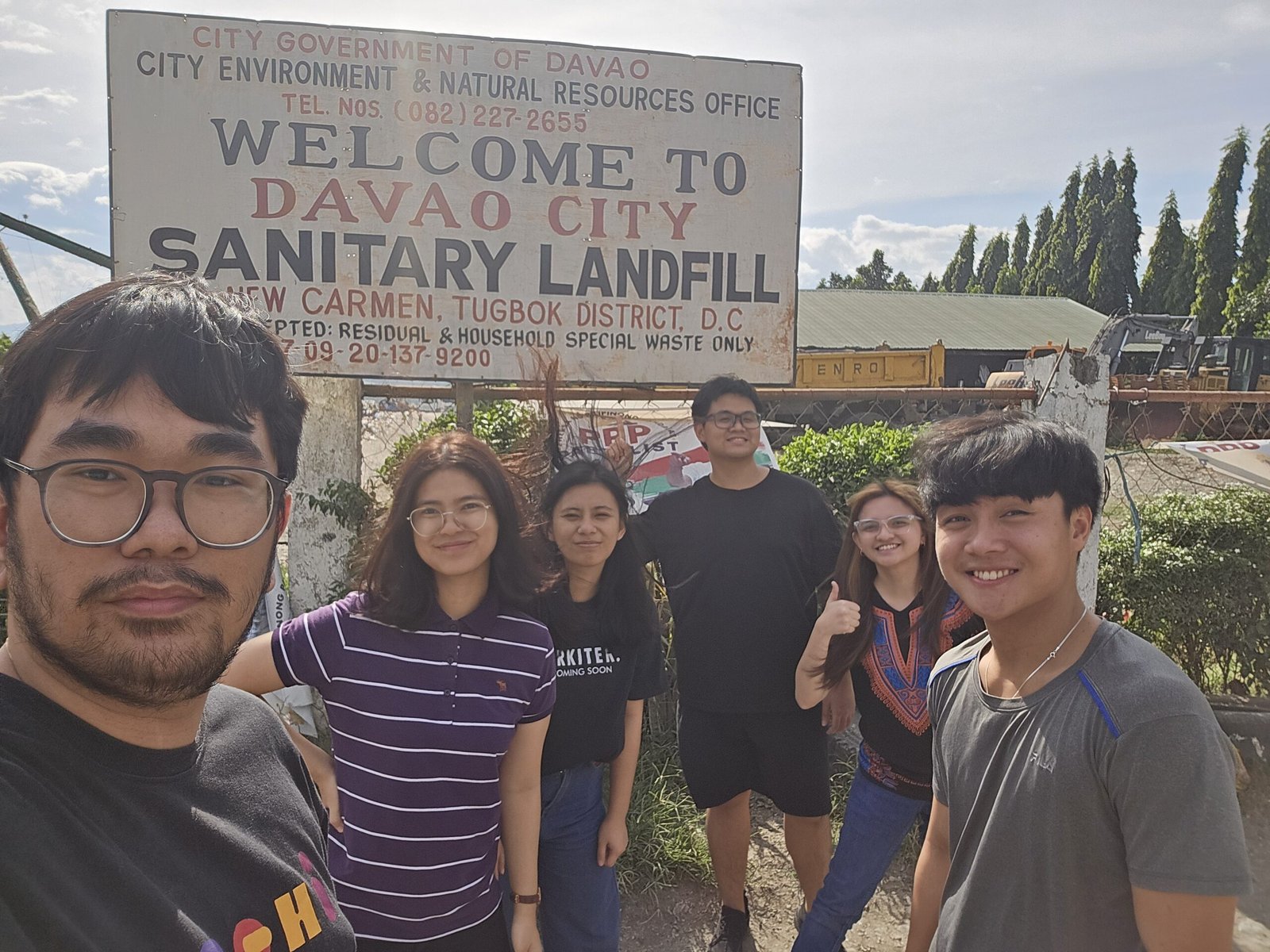
Team B
- Ahlea Trisha Dy
- David Paul Wong
- Jasper Marie Arnilla
- Gian Elde Israel
Not pictured but part of the team are Juan Emmanuel Ortanez and Sandra Valdez. The team is guided by Aldrin H. Fernandez and Prinz Socriele P. Arce. Coach Aldrin Fernandez shares how Team B came together:
“It was August when I checked the WAF website after some colleagues mentioned it would be held in Singapore this year. Seeing the Student Charette section, which was free to enter, I immediately thought of Jasper Arnilla’s thesis. Prinz Socriele Arce and I immediately reached out to Jasper, encouraging her to submit it.
“We first received a rejection email, but then a second email arrived saying the submission was shortlisted. That was nerve-wracking! We later confirmed with WAF that the project was indeed accepted. Jasper wasted no time reaching out to her close friends in their batch to form a team with her. Prinz and I were confident that her thesis’s alignment with WAF’s theme ‘Tomorrow’ will resonate, and we’re proud to support her and the team on this journey.”


Team leader Jasper Marie Arnilla reflects on her experience, echoing the mix of emotions shared by her advisers:
“When my professors encouraged me to submit my undergraduate thesis to WAF, I initially lacked the confidence to do so. Thankfully, I had mentors, family, and peers who were really supportive. Funny, when the results came, I received two emails, one saying I did not get shortlisted and one saying I did! It was really confusing—should I celebrate? Or not? I apologized to my advisers, ‘Sorry, sir, I didn’t make the cut.’
“I messaged the director of WAF, Sir Paul Finch, and Kanto confirmed that I really got in, so yeah, that was when I celebrated. Yeah, it’s a lot of pressure being shortlisted with many Filipino teams, but it just shows how competitive we Filipino architecture students are, even on the global stage.”
WAF Student Charette Team 2015 from the University of San Carlos
Past champions chart their winning course
The core of the private webinar began with the 2023 WAF Student Charette champions from the University of Northern Philippines (UNP) sharing their journey, from the decision to join the competition to the intense and rewarding experience at the Festival in Singapore.
For an in-depth account of their emotional rollercoaster, read From Classroom to World Stage – Behind the Victory of Team UNP. This article delves into the challenges, breakthroughs, teamwork, and resilience that carried them through to win.
Now graduates working in architecture firms, Marvin Bayle, Trishia Quiming, and JM Fabie inspired the webinar’s attendees by re-enacting the winning presentation that impressed the WAF jurors and secured them the top prize.
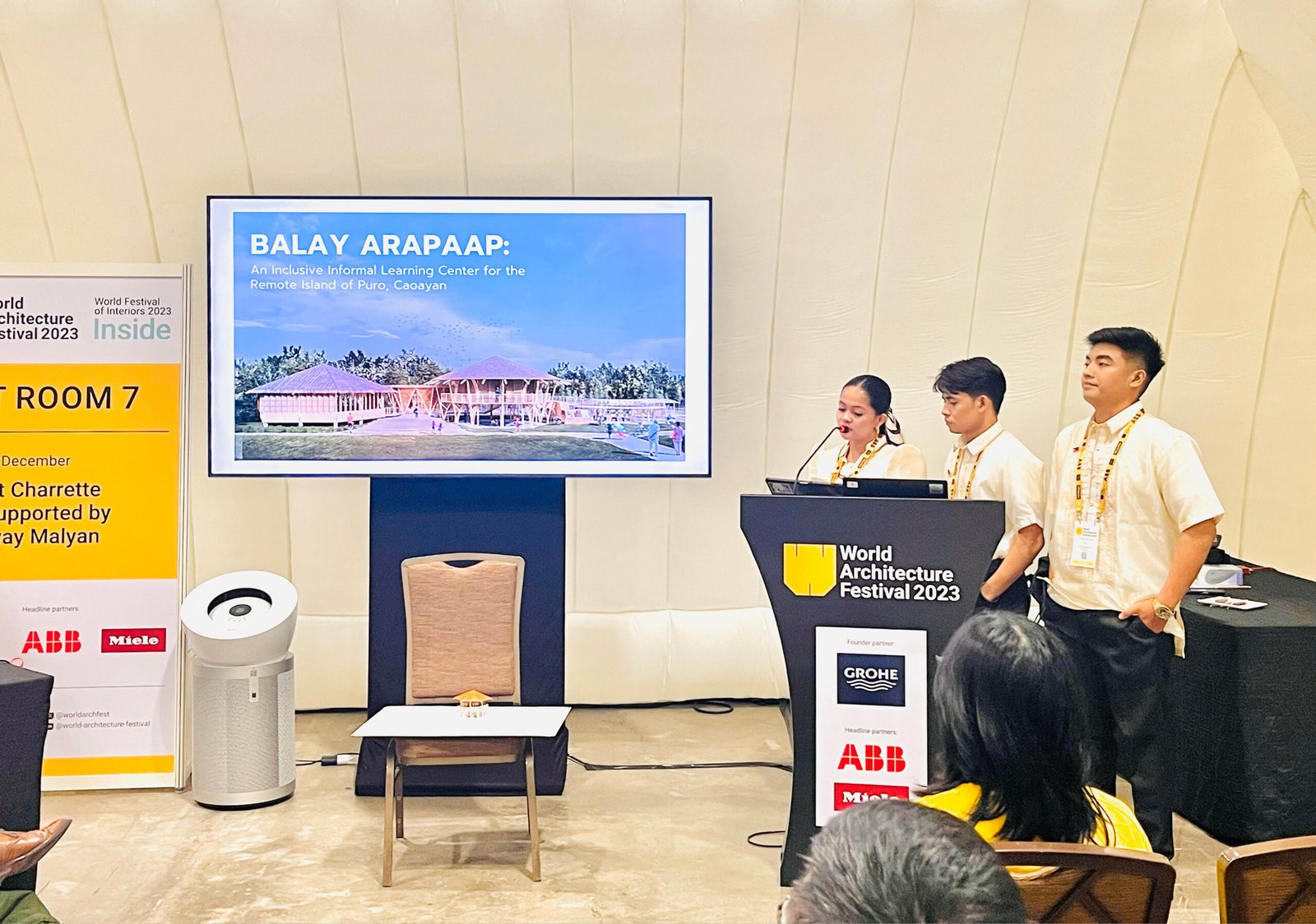

What not to do
Beyond sharing strategies, the UNP team was candid about what not to do during the competition. Their insights underscored the importance of staying focused, balanced, and aware.
Derick Dasugo’s key piece of advice:
“Something you should not do is be too focused on winning. That’s my advice. At the end of the day, there are eight competitors, and only one will win. Being shortlisted for the WAF is already a great experience, so make the most out of it. There are three festival days, and you should focus—of course, you have to finish your work—but you should also attend other crit sessions and network. Make the most of the event.”
Marvin Bayle shared a moment that nearly unsettled his team:
“In our project, we used vernacular materials, mostly bamboo. Then we glimpsed our competitors from El Salvador and the UK, who also used bamboo and had similar structures. We were shocked! Napaisip kami, why did we have similar materials and structures? We started worrying about how to elevate our design. But then we resolved not to worry about what the competitors have and what they’re doing but to focus on our work and strengths. That’s my advice—not to worry about your competitors.”
Trishia Quiming added her own reflections on mindfulness:
“To add to that, during the project development at WAF, we were talkative and loud while the other teams were so focused. That’s one thing you shouldn’t do. Be focused and sensitive to the environment. Another thing is that I didn’t get a chance to visit other crit rooms, so I missed out. Don’t miss out.”
Team UNP 2023’s reflections set the stage for another example of Philippine ingenuity at the WAF Student Charette, the champions from 2013.
Looking a decade back, Jon Medalla and Keshia Lim of the University of San Carlos recounted how they crafted their winning solution, Village in a Box, with teammates Kathleen Encorporado and Jorge Rocha, a visionary take on communal living in urban settings.
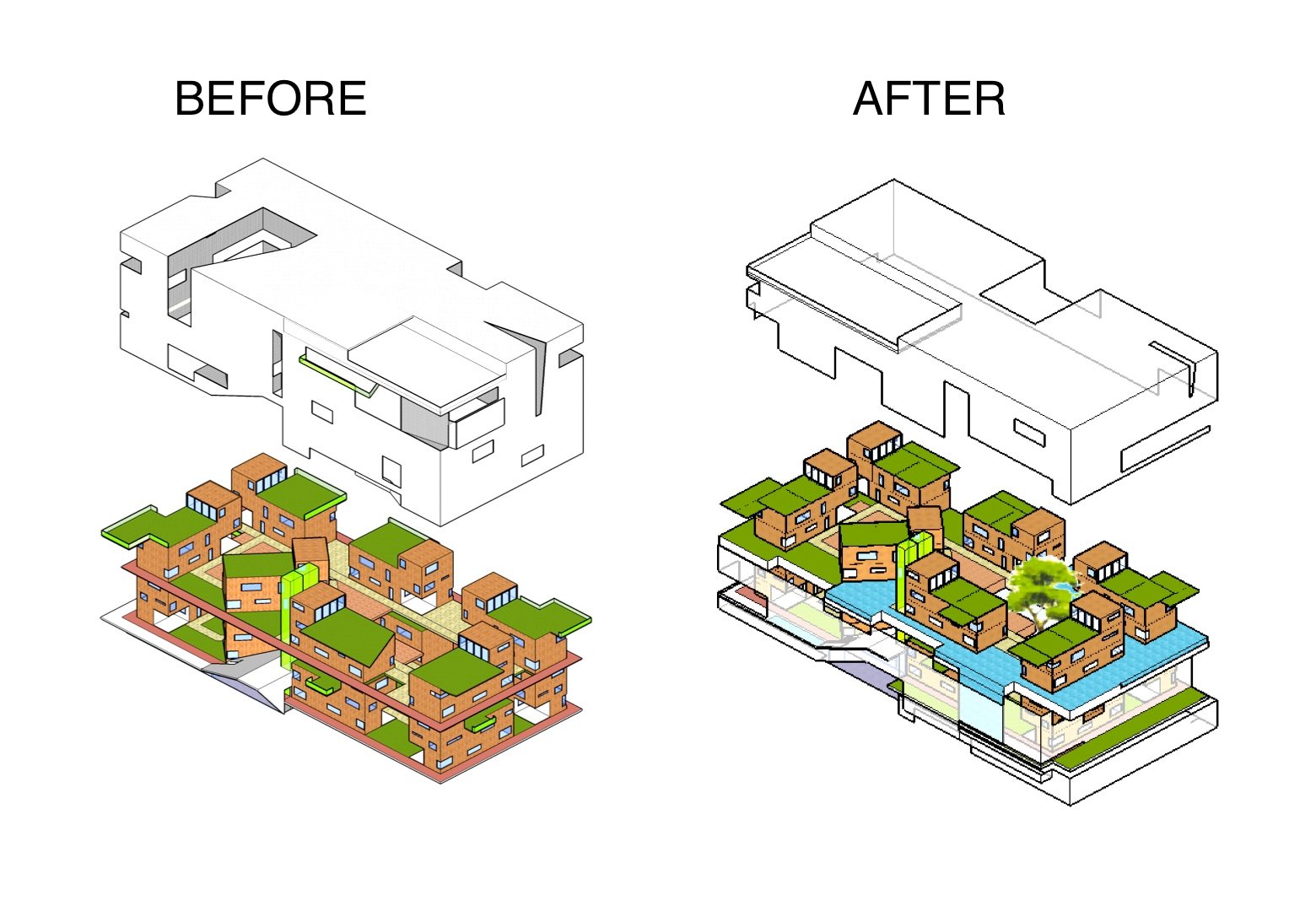

The Village in a Box
Tasked with addressing the challenge of aging populations, the University of San Carlos team envisioned Village in a Box. This solution combined the sense of community in Philippine villages with the density and convenience of high-rise living. They proposed stacking “villages” within a single structure and threading them with a network of water features—a running stream and pools connecting shared spaces. The water feature, a challenge of the charrette that all teams had to incorporate into their projects, ultimately enhanced the design, Medalla explains, because it added a refreshing element to its social spaces.
The team’s integration of natural ventilation and distinct identities for each “village” captivated the WAF jurors, who noted how the design could promote well-being and social interaction, which is essential in settings with aging residents.

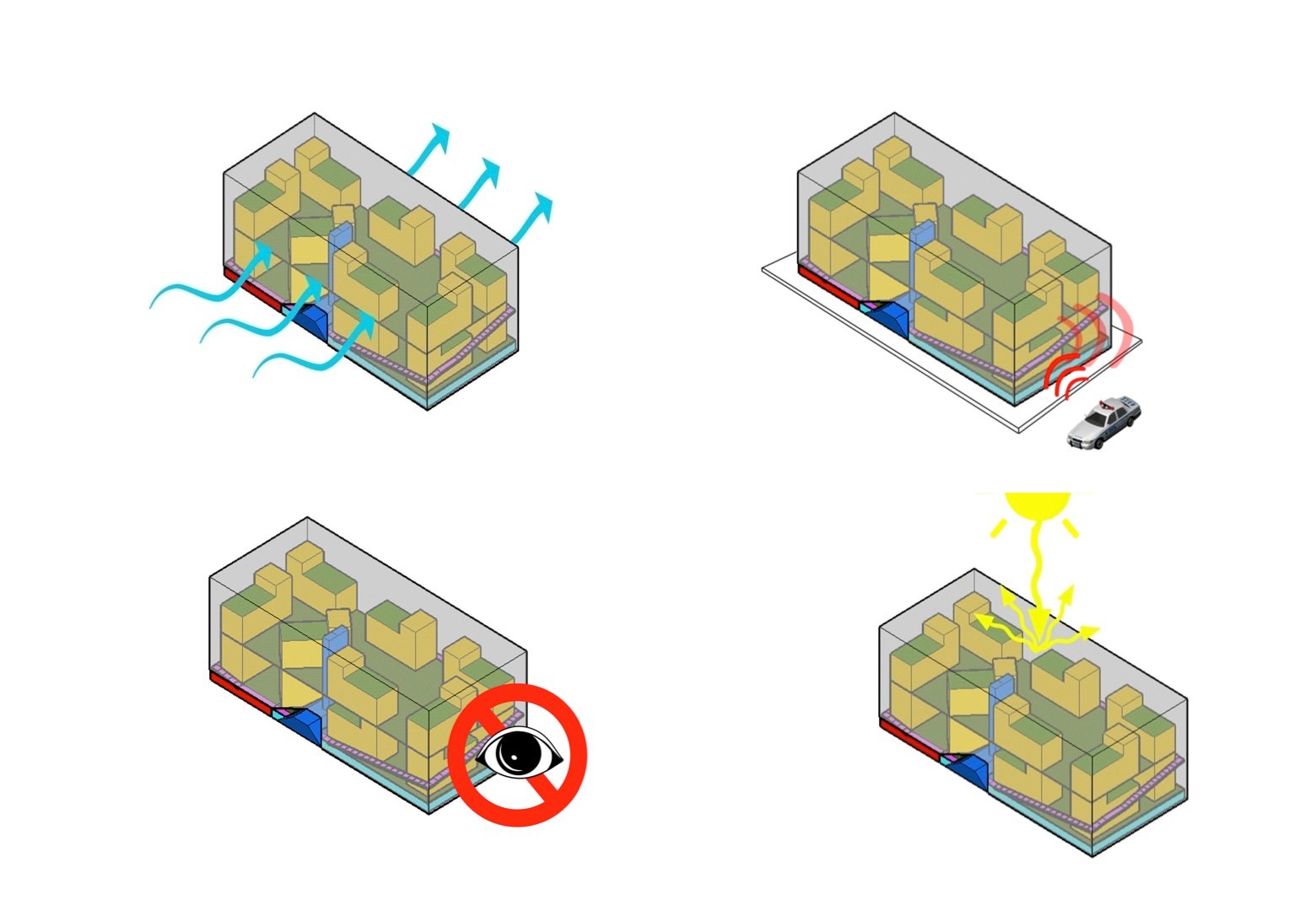
From competition to career: lessons that last
After presenting their winning project, Village in a Box, Keshia Lim and Jon Medalla reflected on how their experience at the WAF 2013 Student Charette has shaped their approaches to design and continues to influence their careers in architecture.
For Keshia, these insights have become foundational principles at her firm, San Studio. Her three main takeaways from the WAF experience—a commitment to process, effective communication, and prioritizing humanness over perfection—offer valuable guidance for aspiring architects.
(Jon Medalla’s insights from the WAF journey will be explored further in a separate article.)
Commitment to process over perfection
Keshia emphasized that their win was rooted in a process-oriented approach. “In our WAF presentation, the bulk of our slides focused on our design process,” she explained, noting that the team used diagrams, sketches, and studies to document each decision, inviting jurors into their design journey.
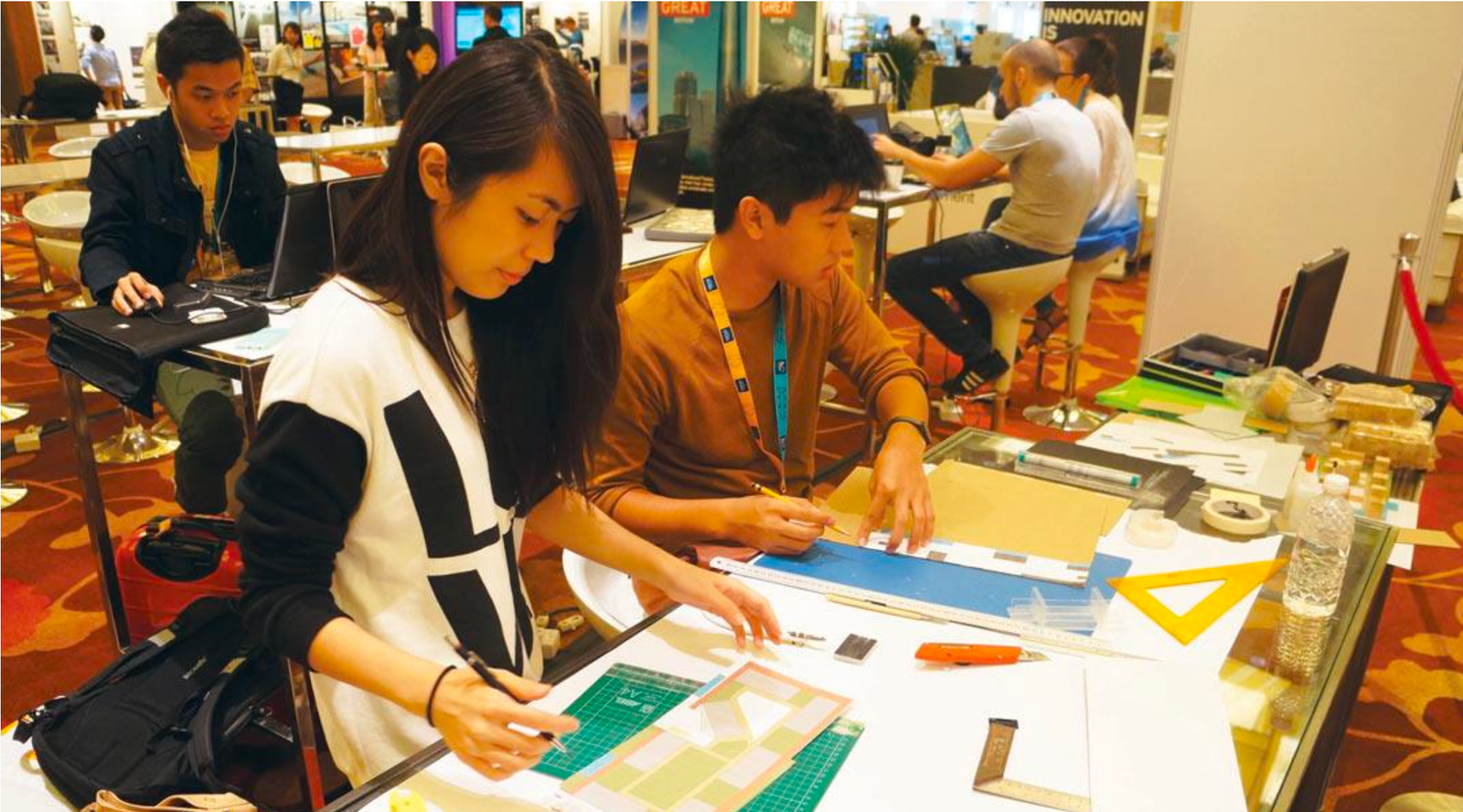

This transparency proved essential not only during the competition but also in her current work at San Studio, where a focus on process ensures client-centered, purposeful design. “It really allows clients a deeper understanding of each decision leading to the final output,” she added.
Keshia’s approach highlights that a design’s evolution is as critical as its completion.
Effective communication over presentation
Keshia also attributed their success to clear, engaging communication that allowed judges to connect with the reasons behind each design choice. “Being able to communicate effectively is as important as designing,” she noted, adding that at San Studio, they prioritize writing about projects as much as designing them. “We’ve even had clients come to us because of how we communicate our ideas, not just the project itself.”
For aspiring teams, this underscores the importance of storytelling in creating architecture that resonates beyond visuals.
Humanness over perfection
A defining feature of the Village in a Box was its tangible, hands-on presentation. Jon and Keshia’s team set themselves apart by prefabricating components and assembling a model in Singapore. Their model, though unpolished, allowed jurors to witness their design discovery and decisions.
Keshia now brings this openness to her practice, involving clients early on with sketches and models to create collaborative architecture. “We try as much as possible not to present a final product, which they must accept or reject, but explore the project with our client, even at its raw stages,” she explained.
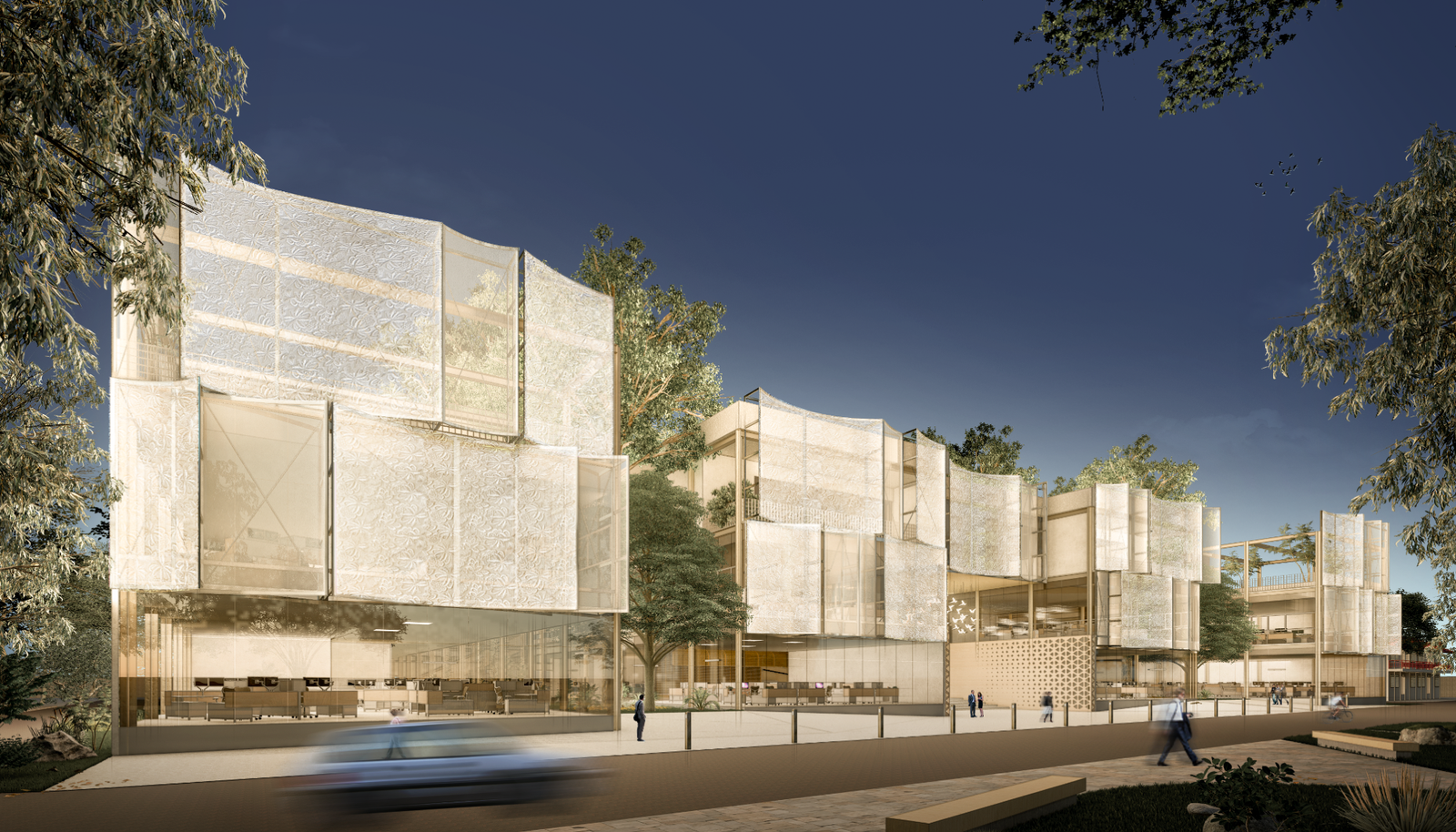

These three lessons—process, communication, and humanness—have also shaped her presentation for Interweaving Dualities, her WAF 2024 shortlisted project for Lapu-Lapu City Hall. [PROVIDE LINK]
Following the presentation, the webinar opened to a lively Q&A, during which past champions and mentors shared candid advice and reflections.
The power of narrative in Architecture
Andy Locsin emphasized the critical role of narrative: “I cannot stress enough the importance of narrative. Language matters. Words matter. Keshia was 100 percent right—there is no sure-fire formula for ‘winning’ or for why one scheme resonates over another. Similar materials and approaches can yield different results; the narrative is the key. How you unfold the story reveals your thinking about the project.”
Through narrative, architecture transcends function, embedding deeper meanings and transforming buildings into interpretive spaces that resonate emotionally.
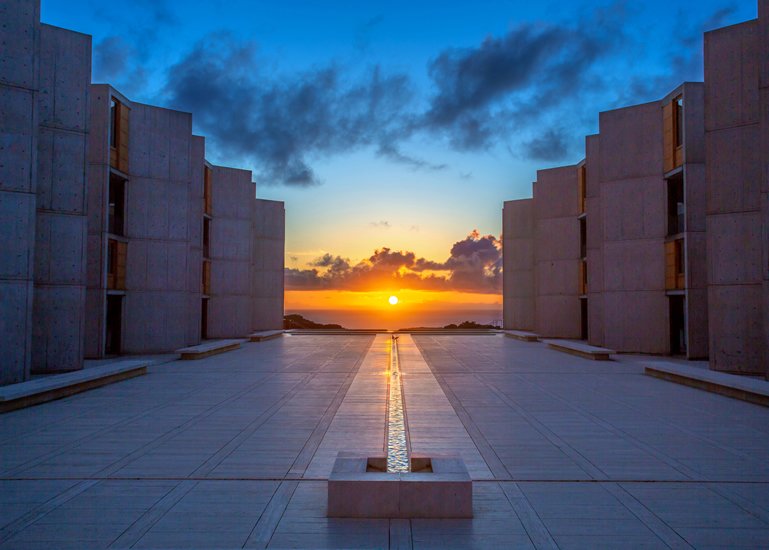
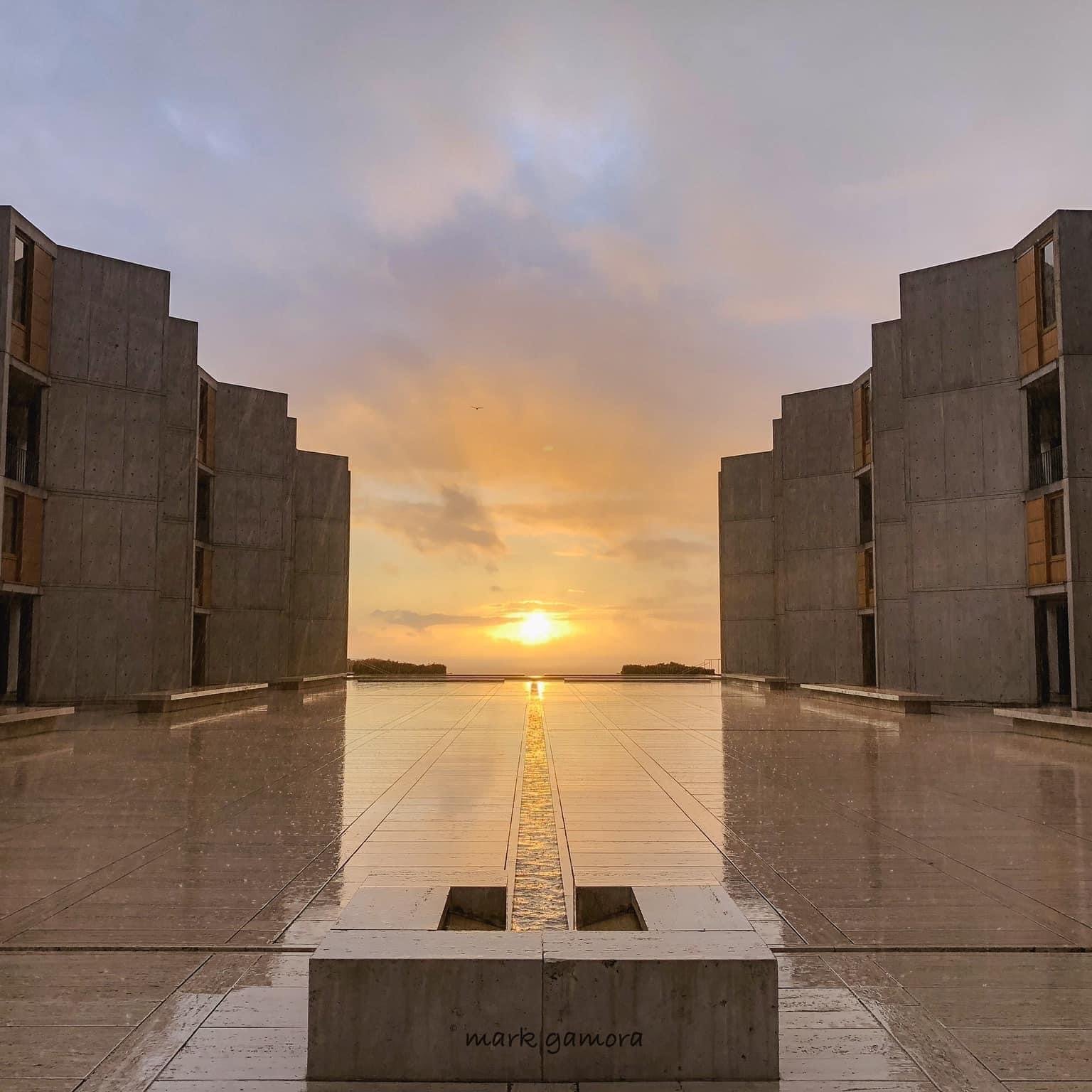
Louis Kahn’s Salk Institute, for instance, frames an open courtyard with a view of the ocean, symbolizing openness to knowledge and discovery. Its timeless symmetry and use of concrete convey permanence, strength, and intellectual rigor.





Daniel Libeskind’s Jewish Museum in Berlin uses jagged forms and voids to represent the rupture of Jewish history, creating an immersive narrative of memory and the trauma of the Holocaust.
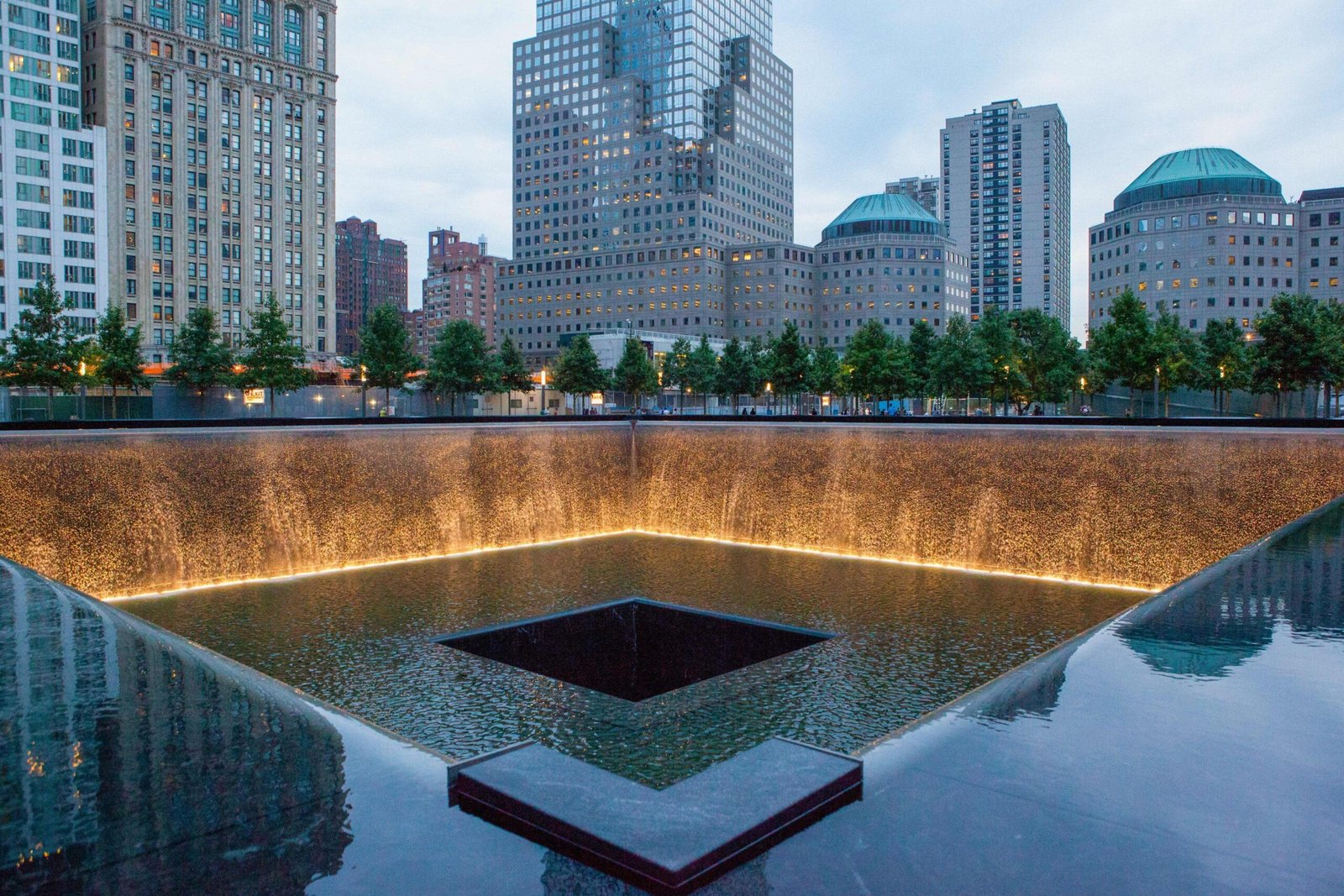
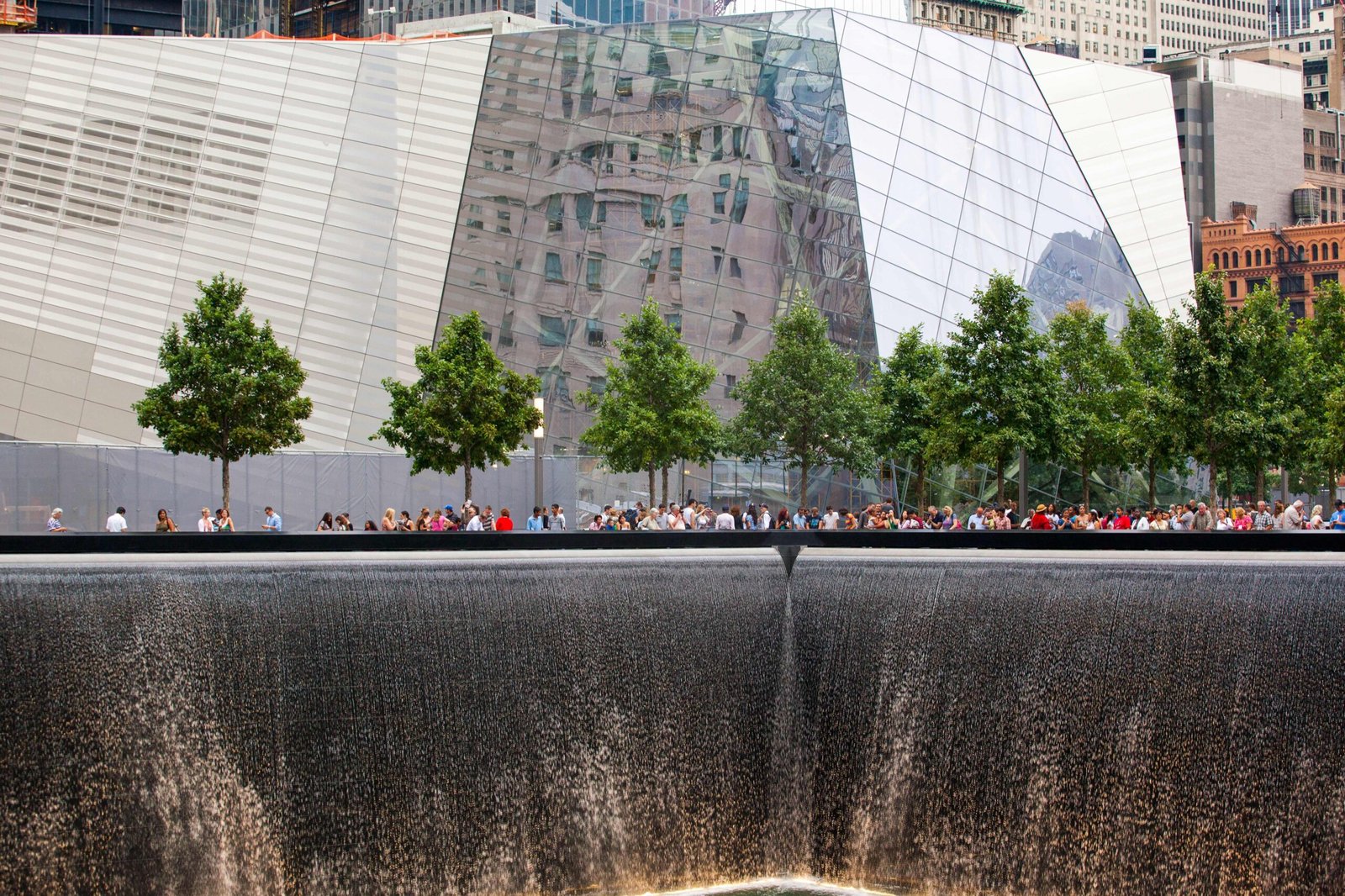
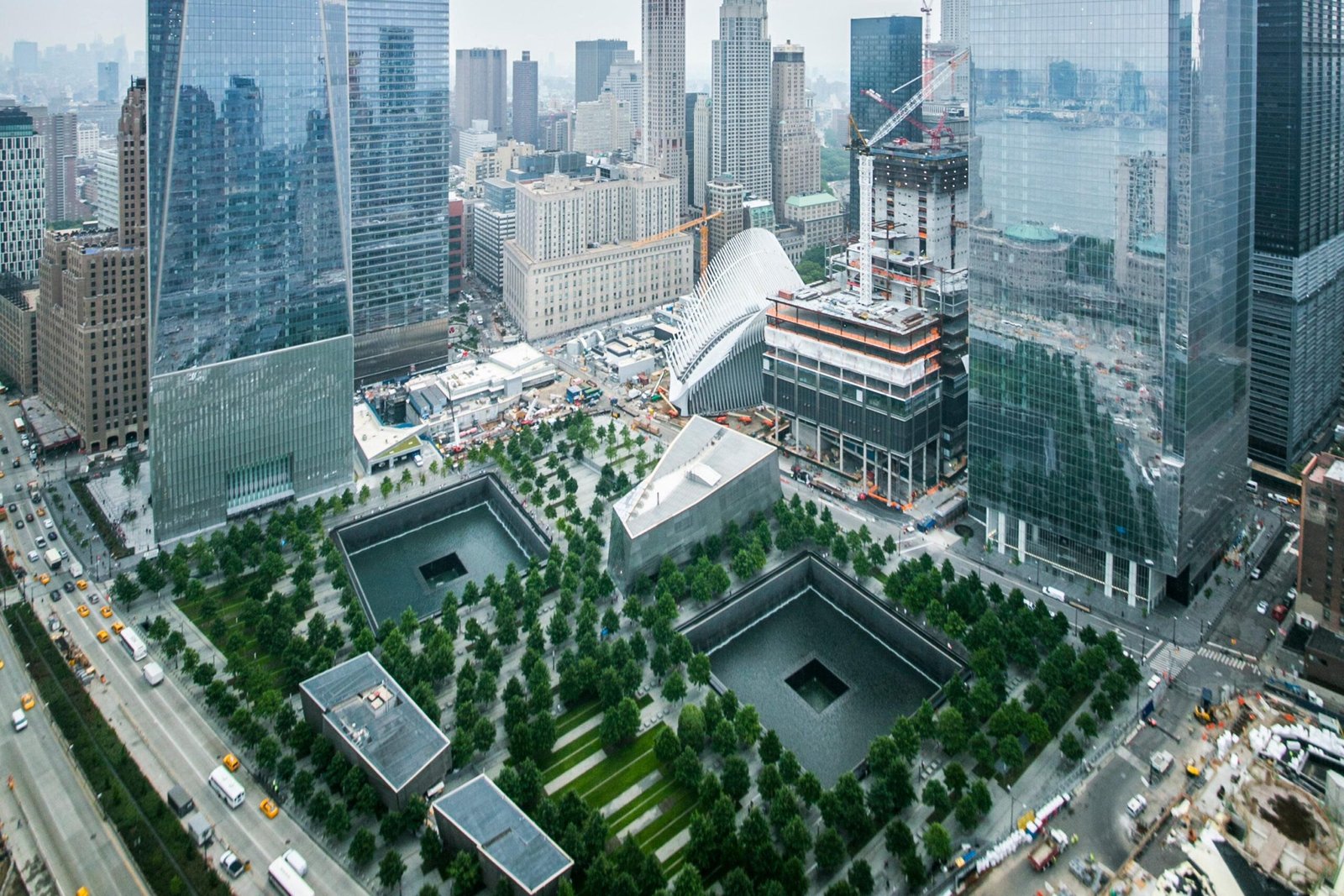

Similarly, the 9/11 Memorial in New York uses reflective pools symbolizing the fallen Twin Towers to express themes of collective grief, remembrance, and resilience.



In contrast, the Eden Project in Cornwall tells a joyful story of renewal. Built in a reclaimed clay pit, its biomes house diverse plant life from around the world, inviting visitors into a narrative of environmental stewardship and the power of restoration.
Conflict is good!
When asked how he managed differences in opinion and occasional conflicts among his students, last year’s winning coach shared a unique perspective on the value of disagreement in the design process:
Derick Dasugo: “My students know this—I actually like it when there’s conflict, when they disagree. Conflict elevates the results. When someone challenges a concept, it pushes us to find the better option. My priority was to create an environment where they felt free to express themselves, allowing conflicts to happen naturally and leading us to more thoughtful, innovative, and resilient solutions.”
The role of charrettes in professional practice
We asked the architects, deans, and professors present whether they regularly used charrettes in their studios. While all recognized the value of collaborative critique, only Andy Locsin’s firm consistently practices formal charrettes. Inspired by the WAF 2023 experience, Derick Dasugo shared that he has also started using charrettes in his classes to encourage deeper engagement and constructive feedback.
Andy Locsin: “Every project at our firm begins with a charrette. It’s essential to generate the best ideas and cultivate a culture of excellence. Everyone’s work is displayed, analyzed, and critiqued. We pin it up, study each submission, and discuss its strengths and weaknesses.
“This process pushes each person to bring their best, knowing their work will be closely examined. Charrettes drive learning, sharpen skills, and ensure our clients receive our most robust ideas.
“For students, the value is immense. Charrettes teach you to engage openly with feedback, defend and refine your ideas, and continually improve. It’s a practice that fosters individual and collaborative excellence.”


Rethinking designing for the future
At the webinar’s conclusion, Locsin shared an inspiring message that challenged conventional approaches to “designing for the future.” Reflecting on WAF’s theme of “Tomorrow,” he questioned the idea that architecture can—or should—predict the future with certainty.
“The old idea that architecture can second-guess the future, designing prescriptively for how people will want to live or how a design will hold up—it’s a theory that’s been largely debunked, especially in light of recent global events like the pandemic,” Locsin noted.
While architecture is about forward planning, he argued that true resilience comes from flexibility and adaptability rather than imposing a rigid vision. Several design principles resonate with this approach:
- Resilience Thinking: Design with the awareness that conditions like climate, social needs, or technology may shift unexpectedly. Resilient architecture aims to either prevent damage or recover quickly when challenges arise.
- Adaptive Reuse: Repurposing buildings for new uses rather than demolishing them extends their lifespan and allows them to adapt to evolving needs.
- Timelessness: Design based on universal principles—proportion, light, materiality—transcend changing trends, giving buildings lasting relevance.
- Open Building: Separate a building’s structure (support) from its interior layout (infill), allowing spaces to be modified as needs change.
- Design for Disassembly: Create buildings that can be easily deconstructed and repurposed, supporting sustainability over time.
- MAYA (Most Advanced Yet Acceptable): Strike a balance between innovation and familiarity, designing spaces that feel forward-looking yet relatable to today’s users.
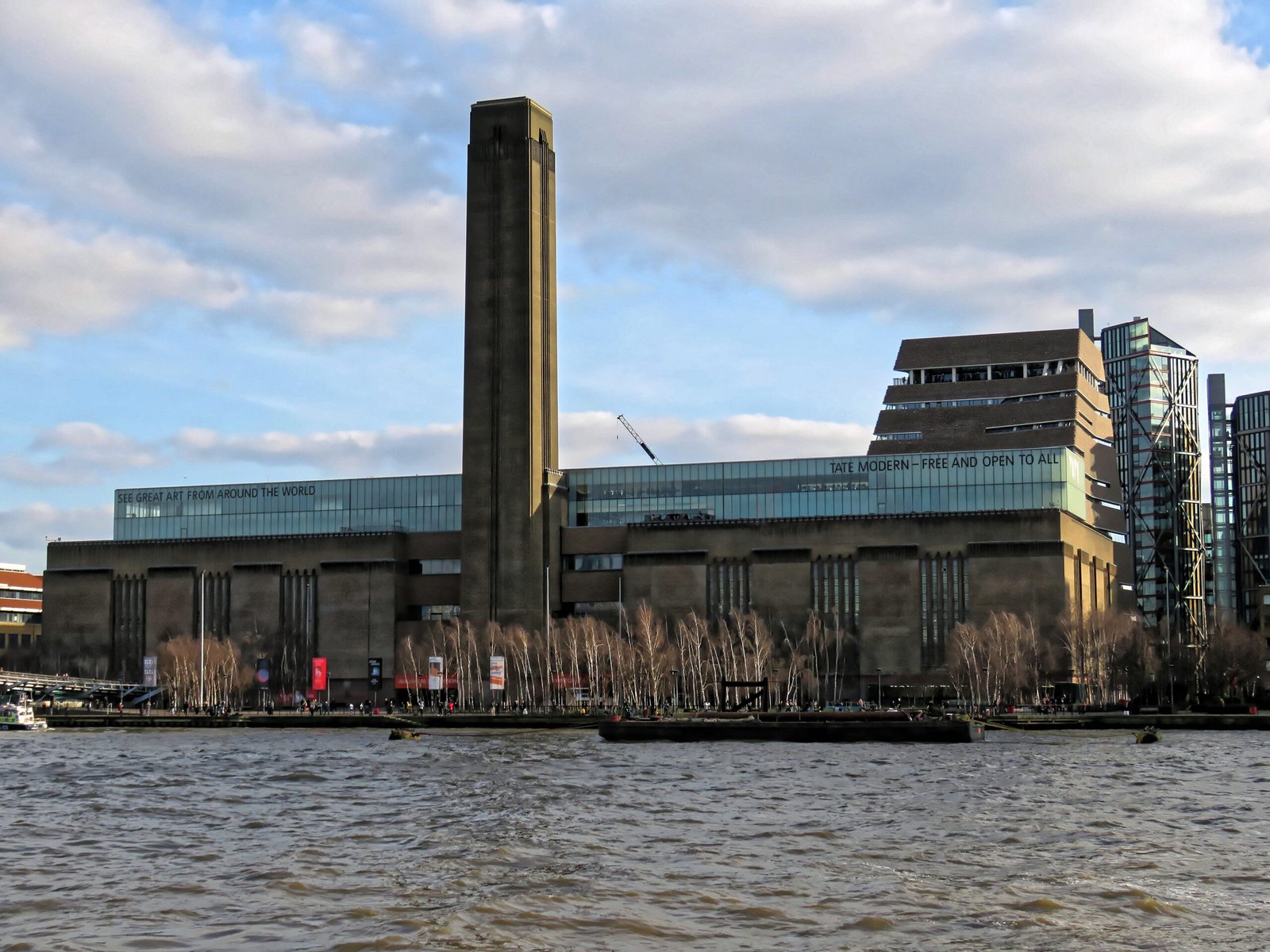

Parallels between education and design
Locsin drew a compelling comparison between good design and good education, emphasizing that both should equip people to handle unforeseen challenges.
“Designing for the future is similar to true education,” he explained. “Education isn’t the regurgitation of facts or data. It’s preparing people to face the curveballs coming their way. True education develops nimbleness of thought—to think quickly and adapt to the unexpected.
“Applying this to design, we see that it, too, must be adaptable. How do we create something that endures and stays relevant? That requires third-tier thinking—thinking that goes beyond trends.
“As you refine your schemes and narratives, keep adaptability in mind. Ask yourself, how will this design respond to the unknown, to changes that have yet to occur? Will it stand the test of time?
“Judges, architects, and those who think along these lines will recognize and value this approach when evaluating your work.”


Third-Tier Thinking: A foundation for resilient design
“Third-tier thinking,” as Locsin frames it, goes beyond aesthetics and functionality to address how a design can adapt and remain relevant over time. This approach prompts designers to create structures that meet present needs and endure changes in use and context.
In philosophy and education, three levels of thinking represent increasing depth and independence. We all begin at Level 1, some progress to Level 2, and few reach Level 3, which requires breaking free from rigid ideologies to embrace flexible, independent thought. In his article, Level 3 Thinking: A Unified Theory of Self-Improvement, Nat Eliason illustrates this journey. He describes Level 1 as “Blind Ideology,” where inherited beliefs go unquestioned; Level 2 as “Chosen Ideology,” where individuals adopt new beliefs yet may stop questioning them; and Level 3 as “Ideology Transcendence,” where independent, adaptable thinkers rely on evolving understanding, not fixed frameworks.
For Locsin, third-tier thinking in architecture means designing with resilience and adaptability—creating work that transcends trends and serves future generations.
Timelessness and essence in design
“Look to establish the essence of things in your scheme—the essence of your scheme. Never lose the big idea, and ensure every move supports it. Think beyond fashion; aim for timeless qualities, designs that can endure changes in context or use,” Locsin advised.
His message encourages designers to build architecture rooted in fundamental principles, not fleeting trends. For students influenced by contemporary styles, this can be challenging. Many feel pressure to create iconic silhouettes or focus on “Instagrammable” design, often prioritizing the “wow factor” over substance.
Sustainable design, for instance, is crucial, yet often diluted by superficial “green” elements—like rooftop gardens or green walls—added for aesthetic impact rather than actual environmental value. This trend, known as “greenwashing,” demonstrates the risk of focusing on appearances over genuine solutions.


Multiple levels of interpretation
“Great architecture and great art happen when there are multiple levels of interpretation within a design. People should be able to bring their own meanings and experiences to the space,” Locsin noted. “Schemes should not be one-liners.”
He cautions against literal, one-dimensional designs that dictate a single message or meaning.


For example, the Kansas City Public Library Parking Garage, designed to look like a row of giant books, or the Basket Building in Ohio, which mimics an enormous woven basket, are literal thematic designs. These buildings are limited in depth, offering little beyond their immediate, obvious symbolism.


The power of generosity in learning and growth
The webinar concluded with a powerful reminder that generosity fuels personal and professional growth. Reflecting on Locsin’s words, “Forget about the competition and help each other,” we witnessed how sharing strengthens everyone involved.
Explaining a concept clarifies understanding, often uncovering fresh insights. Engaging with others’ questions broadens perspective, fostering empathy—a vital skill for creating designs that resonate. Feedback builds clarity and persuasion, which are essential for effectively presenting ideas. In a culture of generosity, the entire profession is lifted, inspiring shared motivation and collective achievement.
By lifting others, we lift ourselves. •


